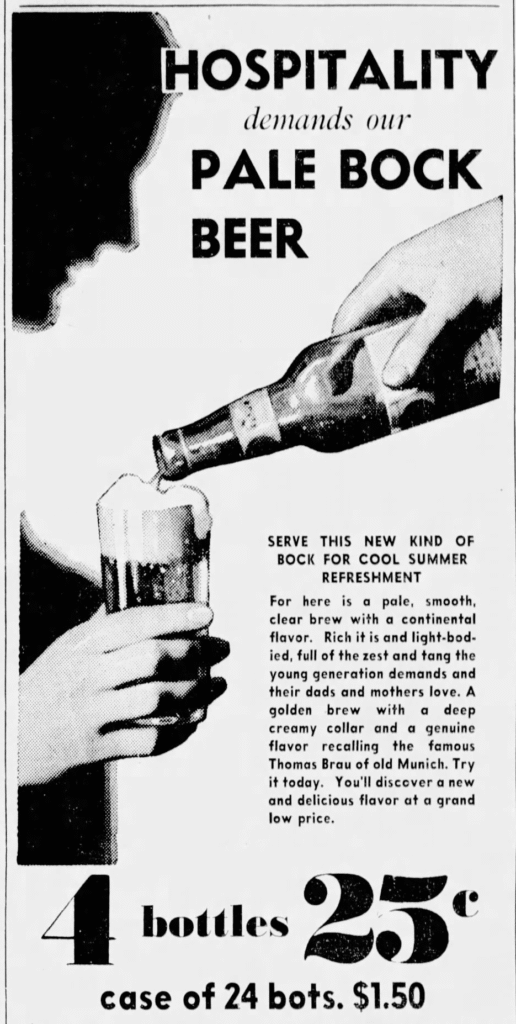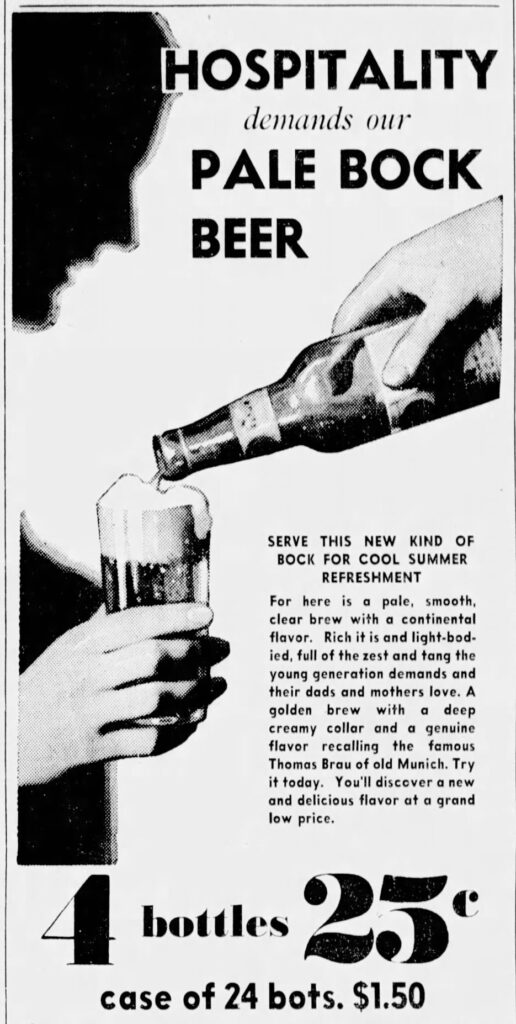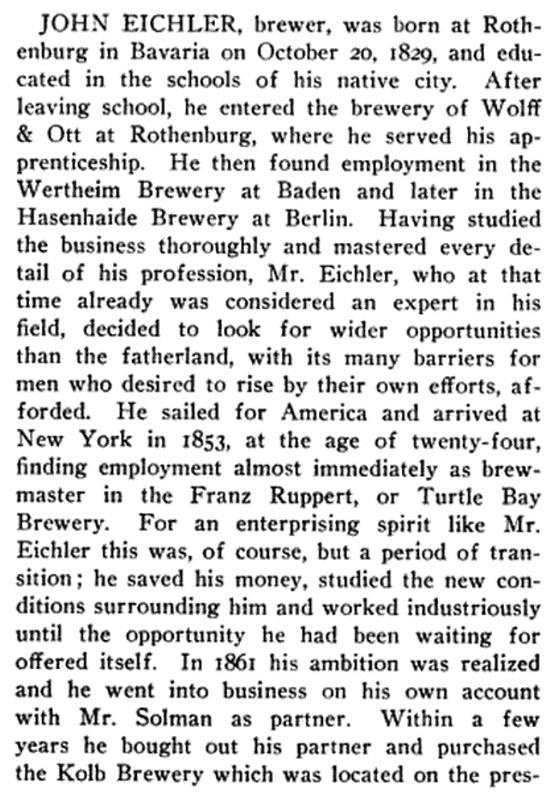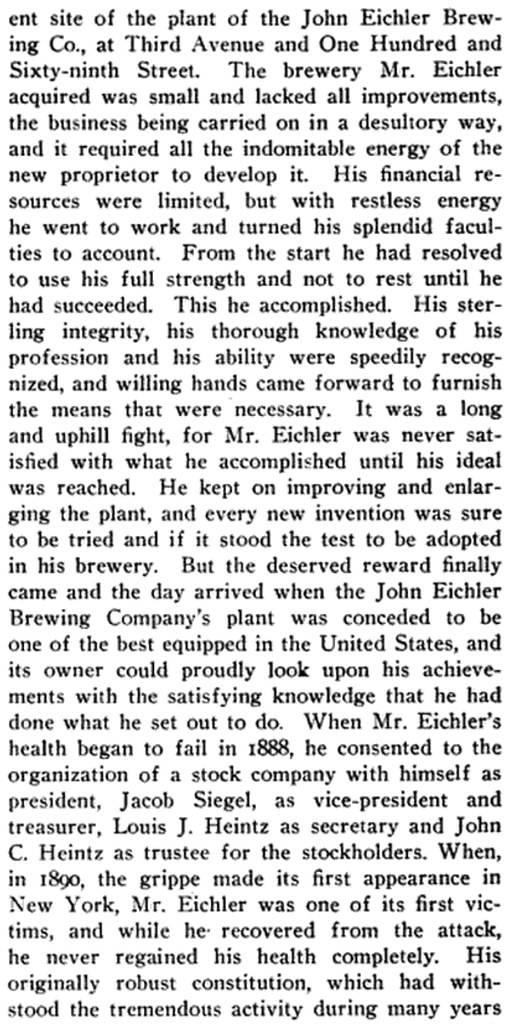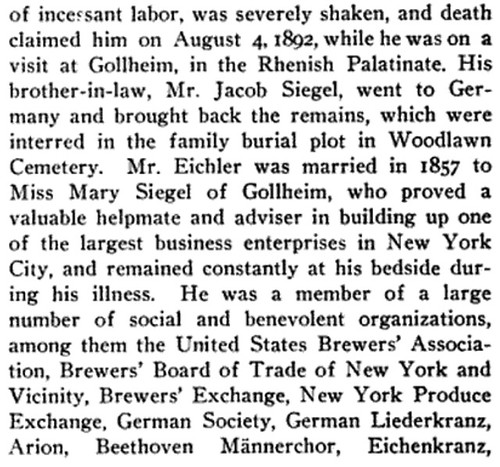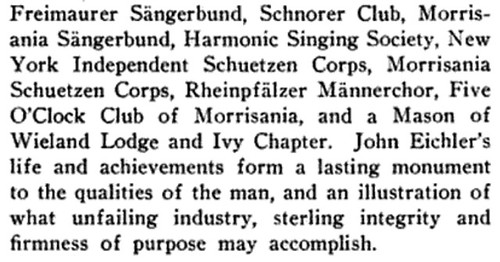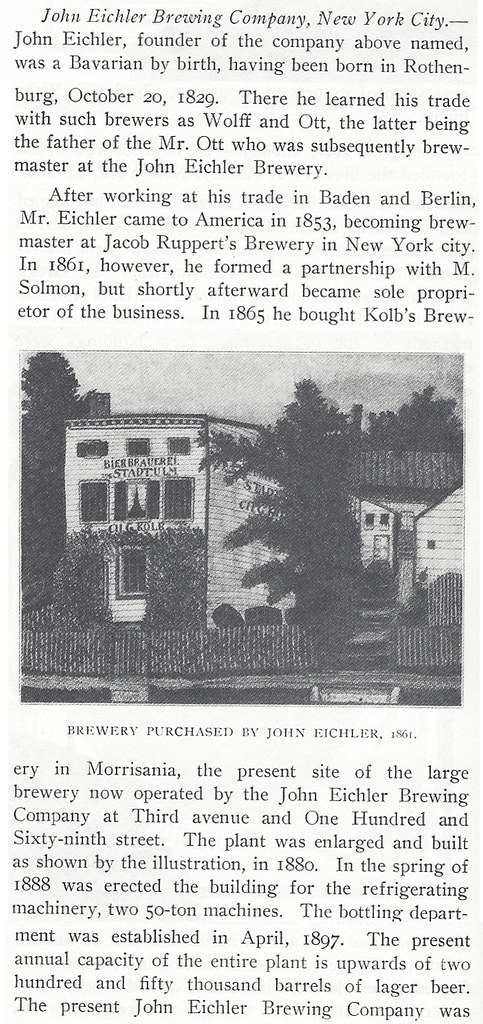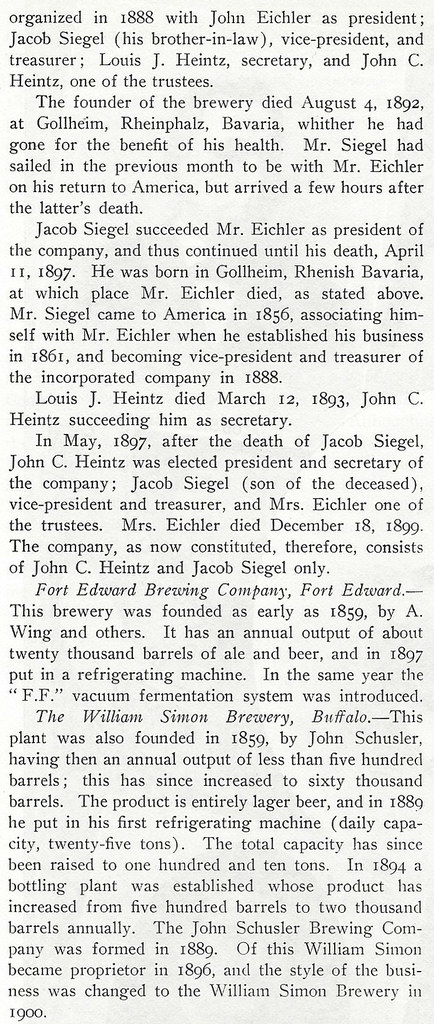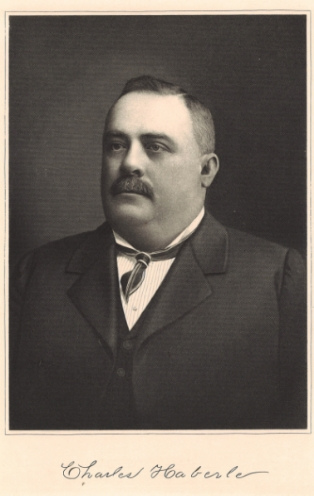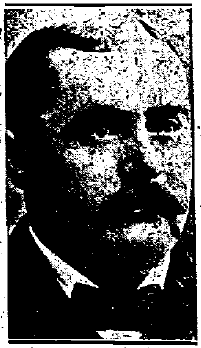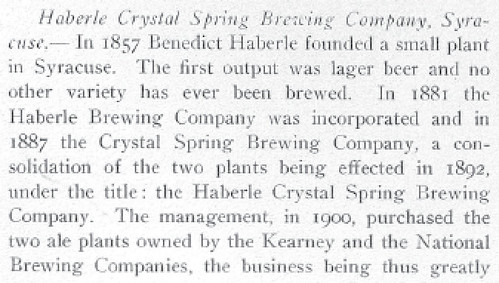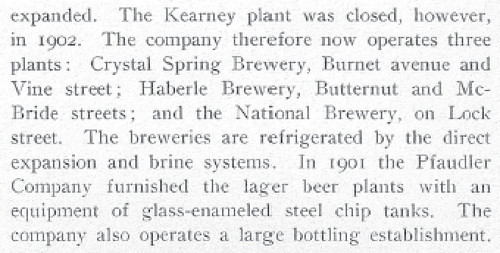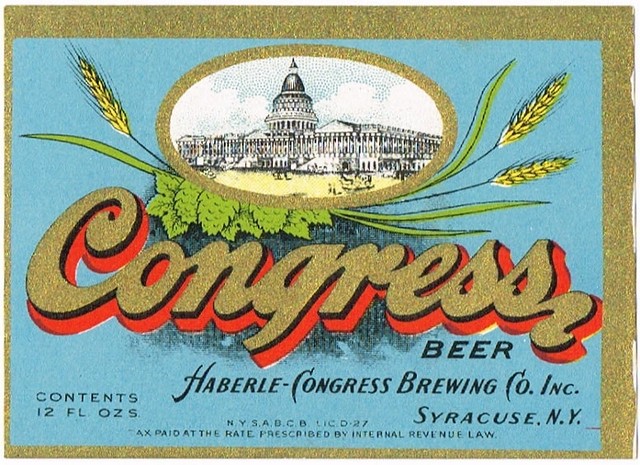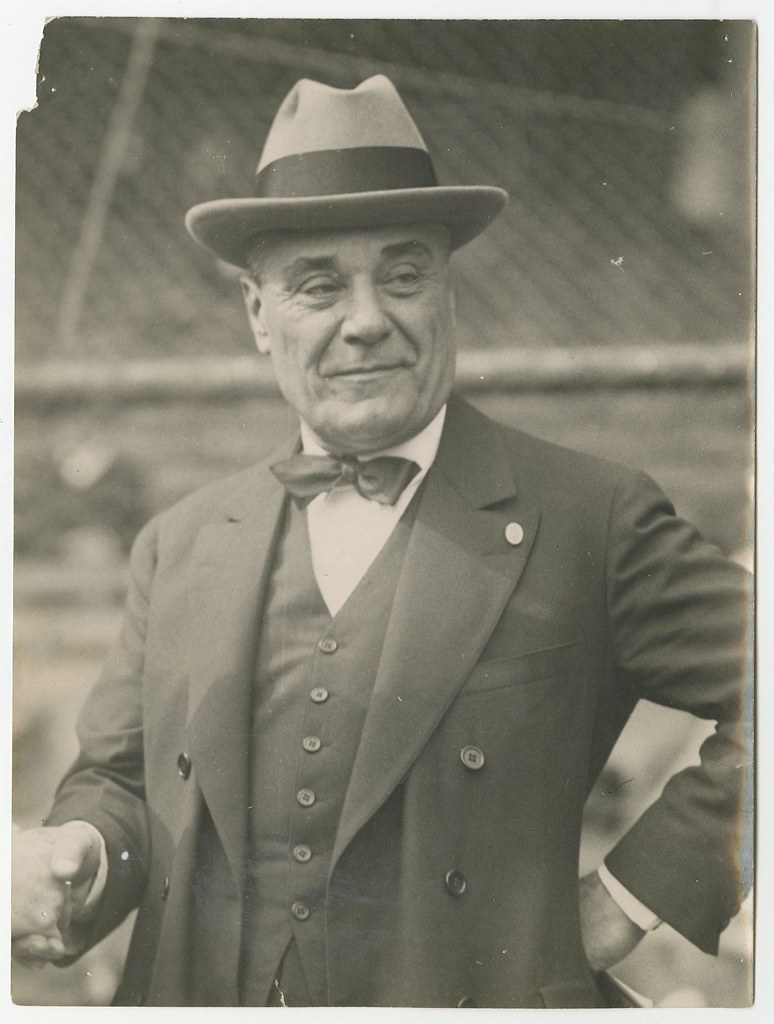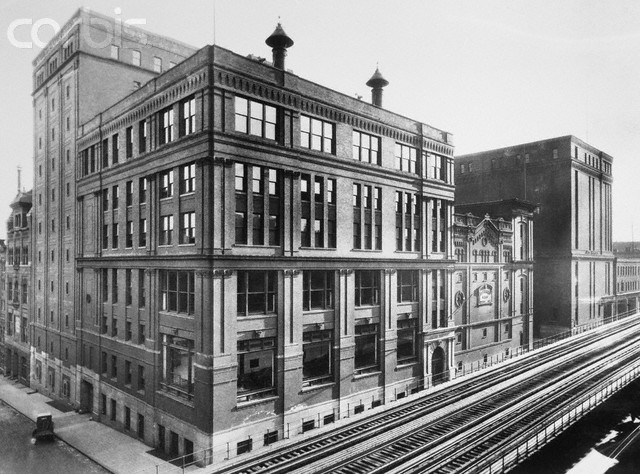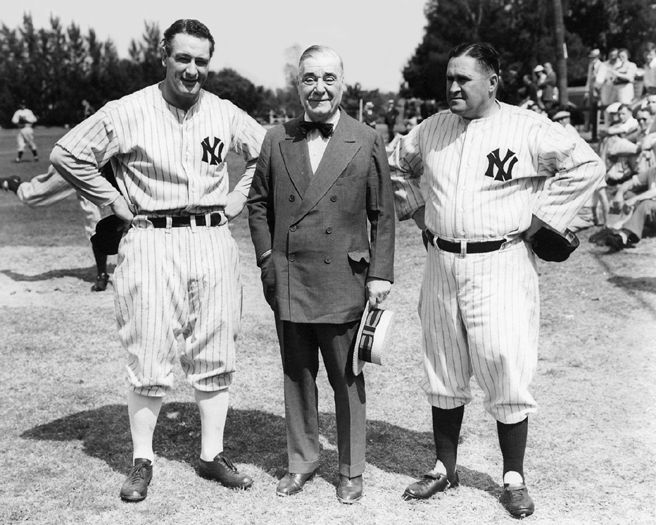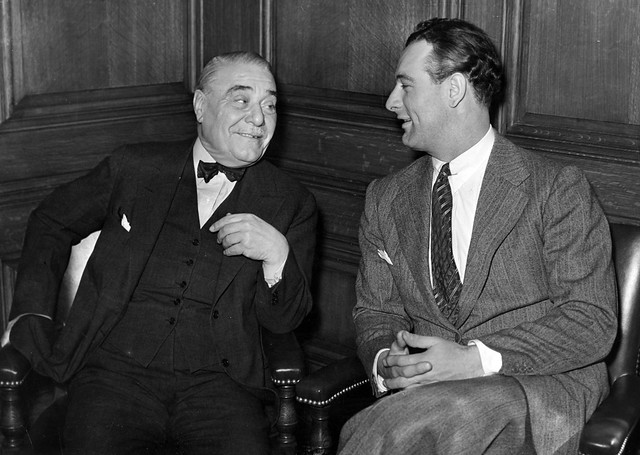![]()
Today is the birthday of Louis Wiegand (August 24, 1840-March 2, 1912). He was born in Frankfort, Germany, he emigrated to America when he was 27, in 1867. He was initially in the meat business but in 1878, along with partners Carl Durr and William Wagner, he founded the Oswego German Brewing Co. in Oswego, New York. A few years later, in 1882, he bought out his partners, and renamed if the Wiegand Brewing Co. and then the Louis Wiegand Brewing Co. When his sons joined him in the business in 1896 it became known as Louis Wiegand & Son. It was closed by prohibition in 1916 and never reopened.

This is his obituary, from the Oswego Daily Times, for Monday, March 4, 1912:
The death of Louis Wiegand senior member of L Wiegand & son brewers, which occurred at his home, No 166 East Second street, Saturday evening at 4:45 o’clock, will be received with sorrow by citizens generally. Mr. Wiegand had been in failing health since last May and for several months had been confined to his home. Born in Wirthheina, near Frankfort, Germany, in 1840, Mr. Wiegand came to Oswego in 1867, He engaged successfully in the meat business in East Bridge street for several years. In 1882, Mr. Wiegand organized the Germania Brewing Company and shortly thereafter took over the business, which he has successfully conducted ever since. Deeply interested in the St. Peter’s Cemetery association and one of its organizers, Mr. Wiegand was zealous in promoting it. He had been president of the society for several years. When It was desired to acquire more property for the extension of the cemetery, the funds on hand were not sufficient. Mr. Wiegand purchased the property and sold it to the association without profit to himself. He was a constant visitor to the cemetery and gave much of his time to plans for beautifying it.
Mr. Wiegand’s first wife died several years ago. He is survived by his second wife, formerly Miss Catherine Stoke; one son, Louis X, and a sister, Mrs. Margaret Cook, all of Oswego. The funeral will be held tomorrow morning from his home and at St Peter’s church.
Unfortunately, apart from his obituary, there was almost nothing else I could find about him, his sons or his brewery, not even any photos or breweriana.

